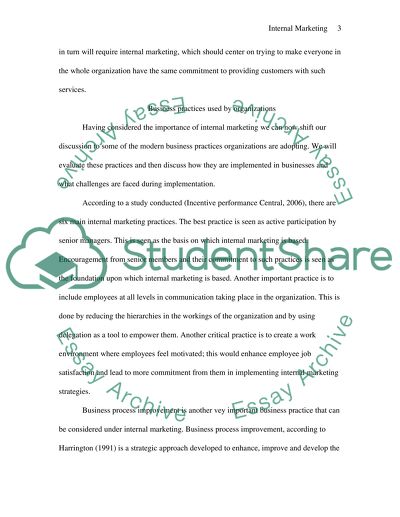Cite this document
(“Internal Marketing: improving internal processes, and quality of Essay”, n.d.)
Internal Marketing: improving internal processes, and quality of Essay. Retrieved from https://studentshare.org/miscellaneous/1564274-internal-marketing-improving-internal-processes-and-quality-of-products-and-services-toyota
Internal Marketing: improving internal processes, and quality of Essay. Retrieved from https://studentshare.org/miscellaneous/1564274-internal-marketing-improving-internal-processes-and-quality-of-products-and-services-toyota
(Internal Marketing: Improving Internal Processes, and Quality of Essay)
Internal Marketing: Improving Internal Processes, and Quality of Essay. https://studentshare.org/miscellaneous/1564274-internal-marketing-improving-internal-processes-and-quality-of-products-and-services-toyota.
Internal Marketing: Improving Internal Processes, and Quality of Essay. https://studentshare.org/miscellaneous/1564274-internal-marketing-improving-internal-processes-and-quality-of-products-and-services-toyota.
“Internal Marketing: Improving Internal Processes, and Quality of Essay”, n.d. https://studentshare.org/miscellaneous/1564274-internal-marketing-improving-internal-processes-and-quality-of-products-and-services-toyota.


